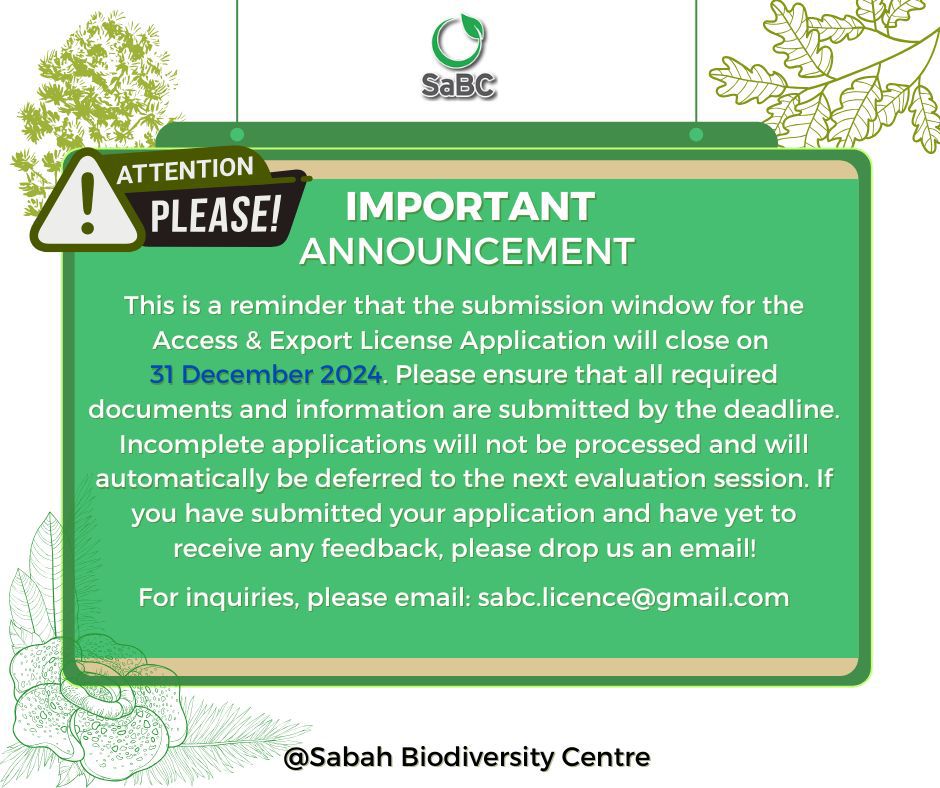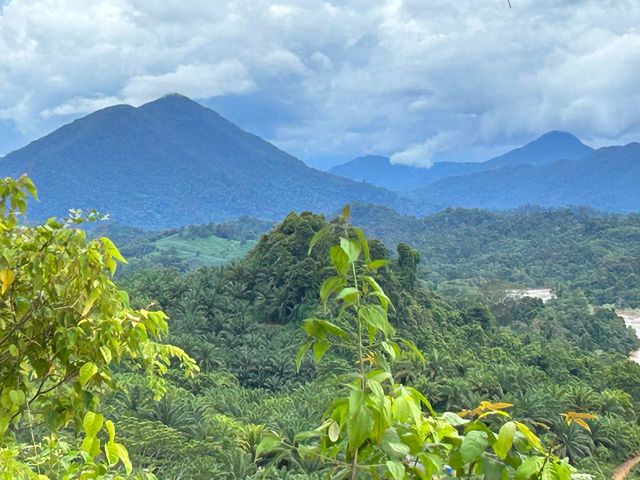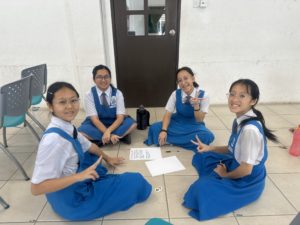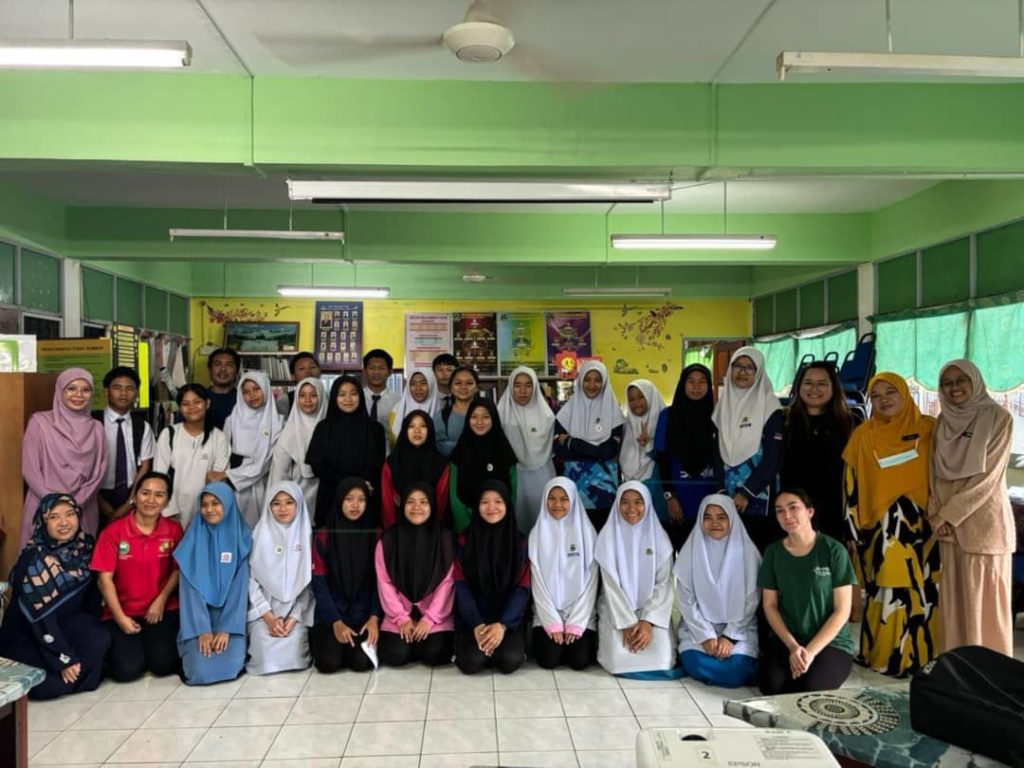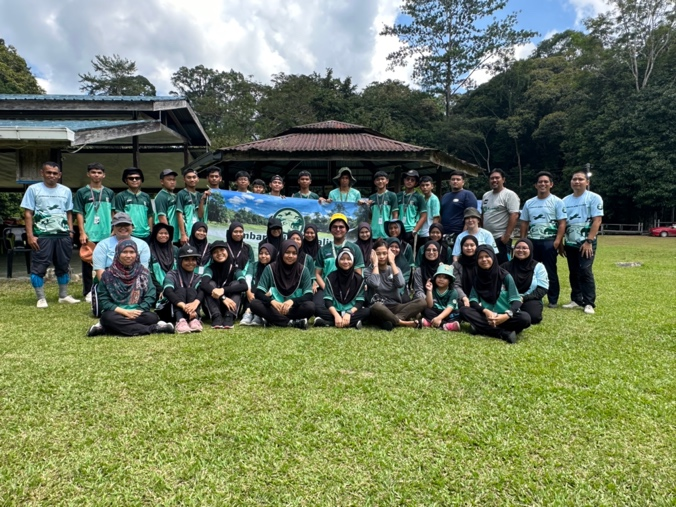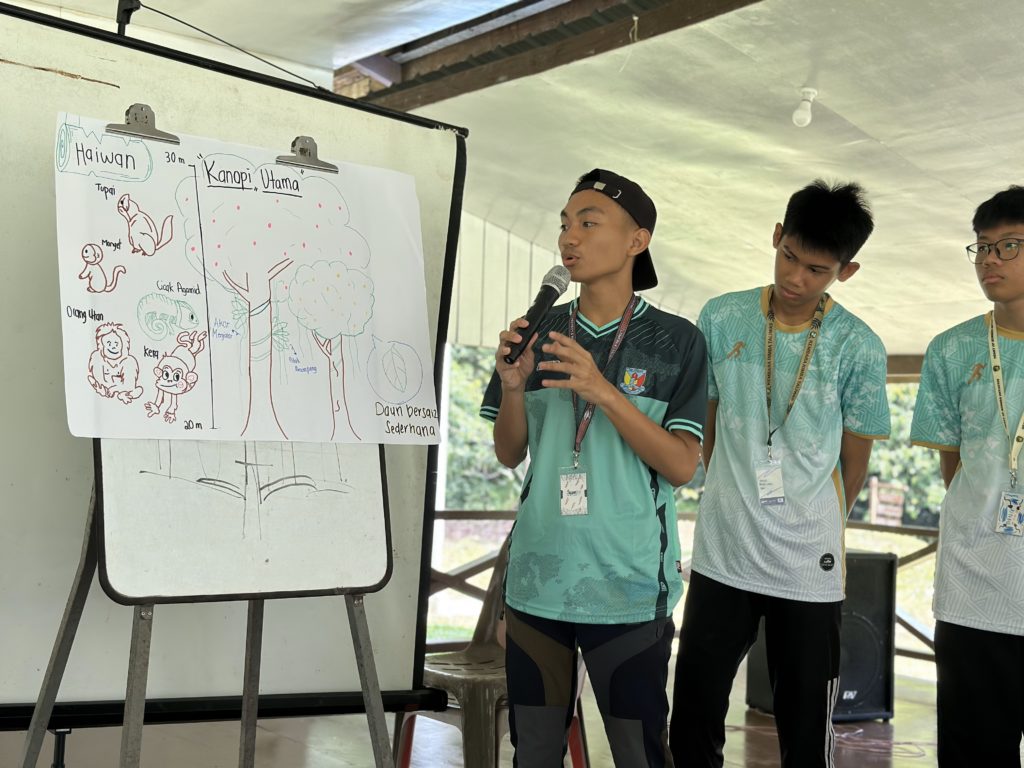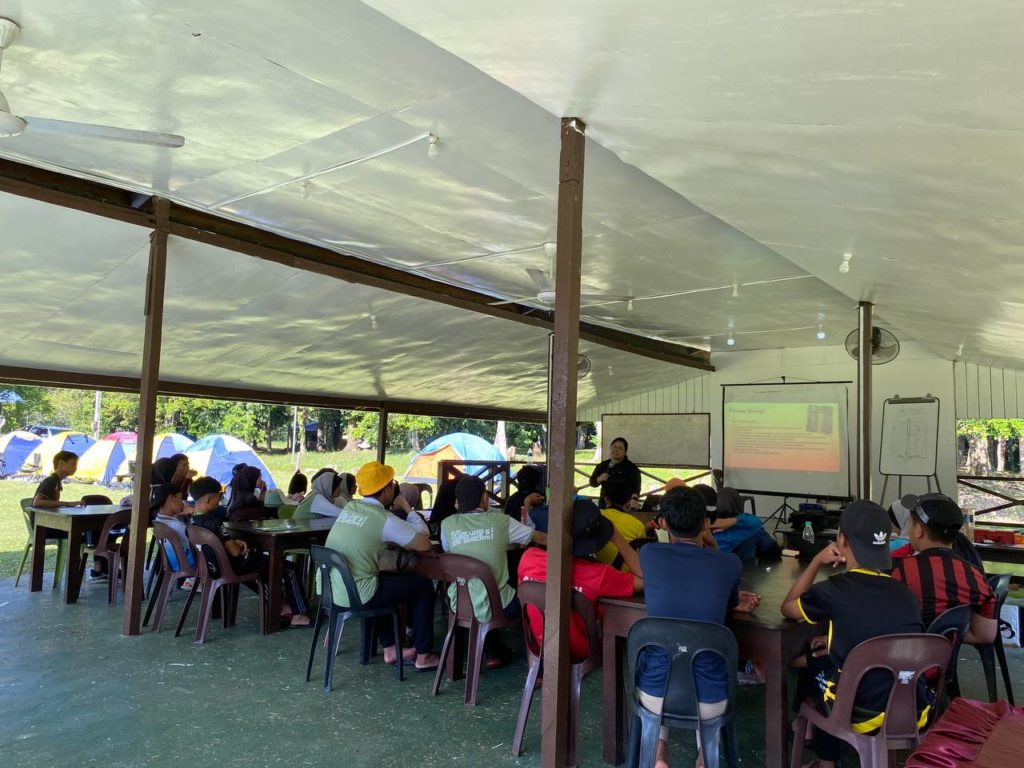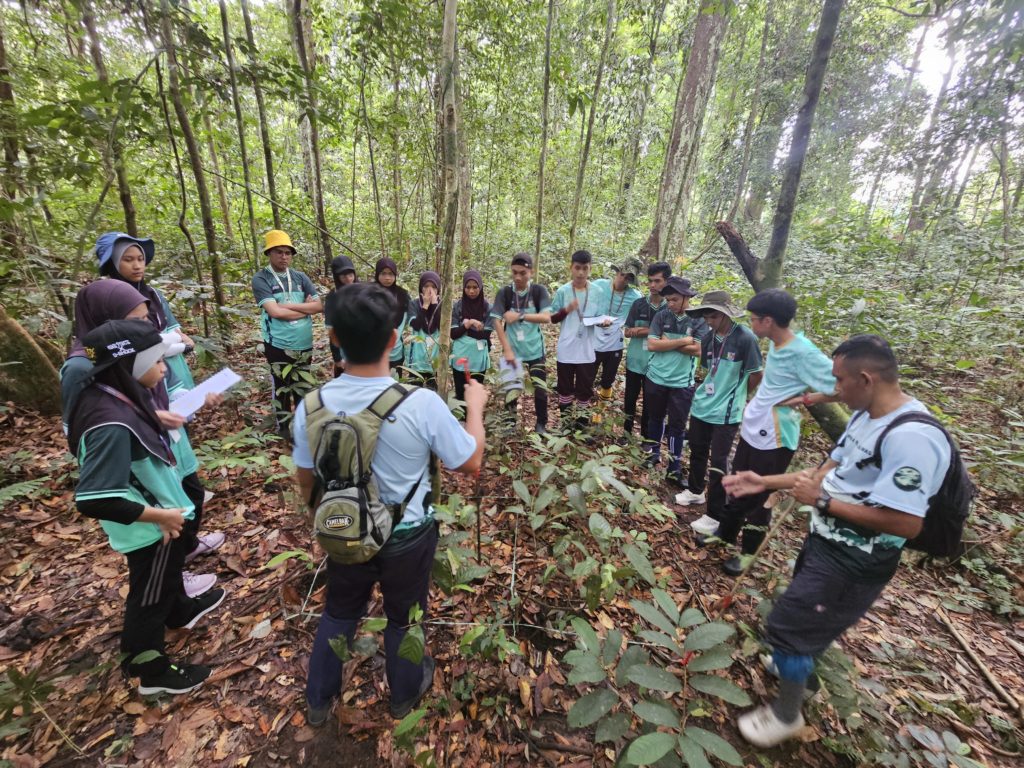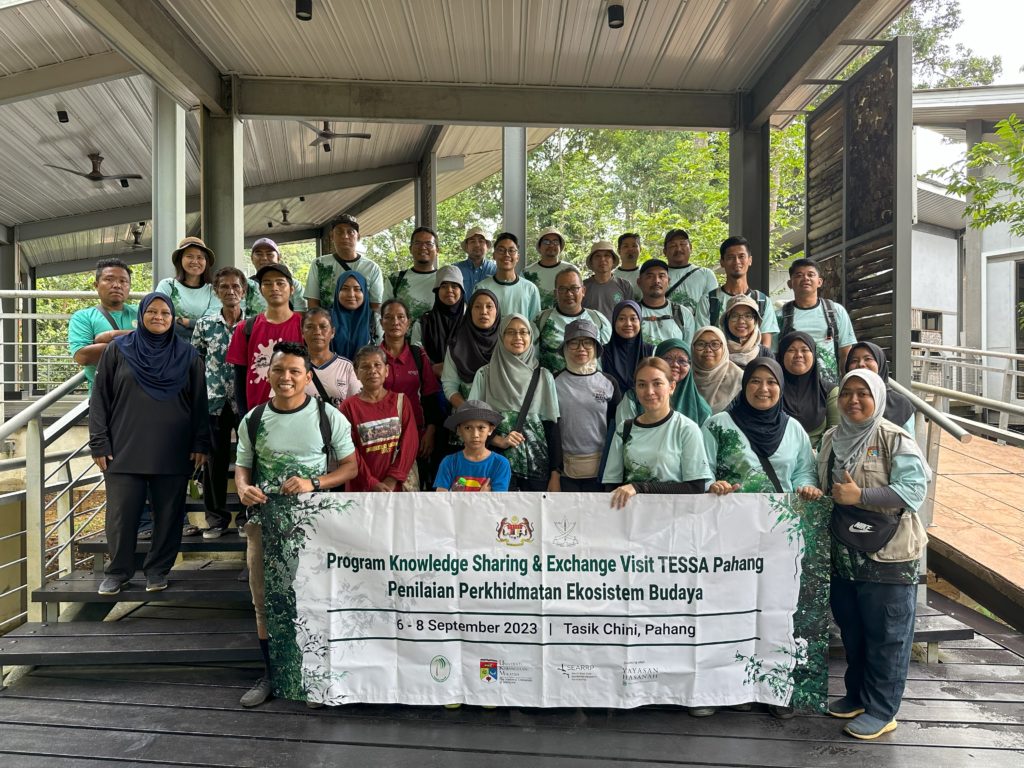
TESSA group with Orang Asli representatives
The TESSA Pahang Team, comprised of members from the Tasik Chini Research Centre at Universiti Kebangsaan Malaysia (UKM) and the Pahang Forestry Department, in collaboration with SEARRP, recently implemented an Ecosystem Service Assessment in the Central Forest Spine, using the Toolkit for Ecosystem Service Site-based Assessment (TESSA). Together the team organised a Knowledge Sharing and Exchange Visit Programme in Tasik Chini, Pahang, Malaysia which took place on August 7th and 8th, 2023. The event was attended by 33 TESSA team members hailing from Johor, Kedah, Kelantan, Negeri Sembilan, Perak, Selangor, and Terengganu. Supported by Yayasan Hasanah, the primary objective of this programme was to share the team’s expertise in evaluating cultural ecosystem services through the utilisation of the TESSA toolkit. Additionally, the programme sought to enhance the understanding of the relationship between forest and lake ecosystems and the culture of the Orang Asli community in Tasik Chini.
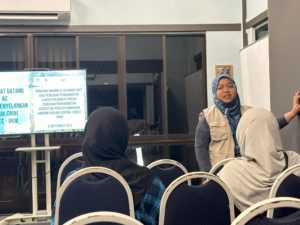
Amelia from the TESSA Pahang team detailing their experience conducting the TESSA assessment in the Tasik Chini area

Orang Asli representatives explaining the use of plants from Tasik Chini for traditional medicine
The programme’s first day started with a sharing session led by the Orang Asli from the Jakun tribe. They discussed the influence of ecosystem services on their cultural beliefs and well-being. The morning session featured a guided forest trek led by Orang Asli guides who explained the forest’s interconnectedness with their traditions, customs, and culture. Additionally, they showcased medicinal forest plant species, explaining their preparation and emphasising the importance of responsible forest resource management. Following the guided walk, the local communities shared their beliefs and recounted the history of Tasik Chini, shedding light on the tradition of passing down stories to younger generations. And indeed the storytelling session proved to be very interesting.
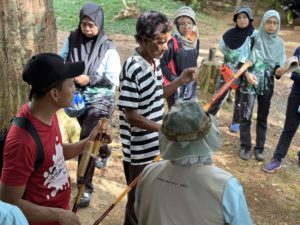
Orang Asli representative showing the ‘sumpit’ or Jakun blowpipe
During the afternoon session, the group embarked on a boat ride to explore the Tasik Chini area and visited the Orang Asli villages, namely Kampung Cendahan and Kampung Sri Gumum. This provided the TESSA team members with the opportunity to meet with the communities, gain insights into their daily lives, acquire knowledge about their traditional hunting tools, specifically the blowpipe, including hands-on instructions on how to use it!!

Visit to Jakun community- Kampung Sri Gumum
On the last day of the programme, the group visited SK Tasik Chini (JHEOA), a school originally established by the Department of Orang Asli Development (JaKOA) and currently overseen by the District Education Office under the Pahang State Education Department. During the visit, the TESSA team were treated to a traditional performance by Orang Asli students, featuring the Kelundang and Sewang performance.This performance marked the conclusion of the programme, and the SEARRP team hopes that TESSA trainees have acquired valuable knowledge and experiences through the various sharing and exchange visits organised during the event.

Traditional performance by the students of SK Tasik Chini.

